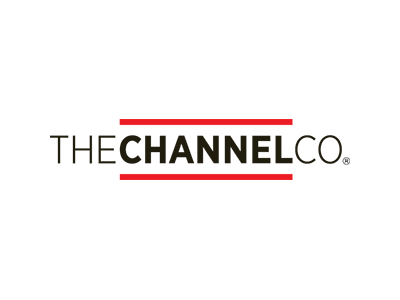Connect the Dots: Opportunity Knocks if IT Buys OT a Beer

From the manufacturing floor to the power grid, IT teams are being asked to aggregate, collate and analyze data on the real-time status of everything from motor vibration to temperature, air particles, humidity, sounds, power use and just about everything that can be measured and quantified.
The reasons are many. At a base level, the data can help, for example, to adapt and optimize the HVAC and lighting infrastructure when employees are present or absent and save some overhead costs. However, from a manufacturing workflow point of view, a vibration sensor on a motor can tell when the motor is starting to fall out of tolerance and needs to be replaced—before a production line shuts down unpredictably, potentially costing millions in down time.
Taken to the next level, careful monitoring of the manufacturing process and the final product from multiple facilities through a cloud-based architecture can provide a progressively more valuable database over time that can eventually be used to implement predictive maintenance and improve product quality. When the systems are deployed, criteria such as failure modes in the field can be fed back to the database and used to improve product quality.

Figure 1. OSIsoft’s diagram explains the differences between IT and OT infrastructure and data flows. In general, these models overlook the personal connections and education needed to get IoT data acquisition implemented for maximum return.
This all sounds nice, but IT manages information systems—engineers and technicians are the tip of the spear when it comes to implementing, managing and maintaining the operational technology. The OT includes control loops, with various and myriad layers of processing, communications networks and sensors, and even to this day many operate under the guidance of programmable logic controllers. Some legacy systems may even still be using ladder logic.
IT and OT Must Connect in the IoT
Historically, IT and OT have never intertwined. The reasons are many, but primarily it’s because they operate under two different models: IT is highly structured, standardized and now even regulated.
OT, on the other hand, is a bit of a wild west, with many different networks and subnets, some wired (Ethernet, Modbus, Profibus and even good old RS-232) and some wireless (Wi-Fi, ZigBee, Bluetooth or a proprietary interface for added “security through obscurity.”) Add in various hardware deployments, proprietary software, ad hoc fixes and some in-the-field ingenuity to solve on-the-spot problems, and it becomes pretty clear that OT runs differently than IT.
OSIsoft described the two worlds visually in a paper on the challenges of IT-OT integration last year (Figure 1.) While OT systems have indeed moved toward PC-based control and MS Windows and Windows Embedded, the two remain worlds apart. But that is changing, thanks to the IoT and the boardroom’s hunger for data.
Despite OT’s moves in the right technological direction, IT needs help getting insight into OT, and for many in IT the best and most direct path to doing so is to get cozy with their counterparts in OT. Find the one or two who know the most about how an OT system has been kludged together over the years, and work with them to start unraveling the threads to get access to the current data sources—and just as importantly, start figuring out what new data sources need to be added, and what their requirements are in terms of real-time response. The latter will determine latency requirements (sub 1 ms, or minutes), power consumption, network bandwidth and the level of localized processing required to execute data filtering and security guarantees.
Fortunately, solutions to help OT and IT connect and start talking a common language are already available, though expect more to appear in the coming years as IoT demands increase.
OSIsoft’s PI System was originally designed to integrate data from multiple sources, and the company has continued this into the IoT era for IT-OT integration. PI System includes out-of-the-box tools to shape and push time-series data with context into IT systems.
For utilities, SAP has a version that it claims can reduce cost per interaction by 30 percent, while increasing asset productivity by 20 percent. Both figures assume the system is doing the right tracking at the right time, so it’s good if IT has worked with OT to make the right tracking decisions and implementations.
Pull Up a Chair for the Engineers
As we accelerate toward more IT-OT integration, the personnel connections are just as important as the technological connections, though all the literature and white papers give no such indication. Knowing the engineers and understanding how “innovative” they can be with solutions on the factory floor, or on an oil refinery in the middle of the Gulf, can greatly enhance you chances of getting good data into any OSIsoft or SAP system.
They know where the skeletons lie, and as they say when it comes to data, garbage in, garbage out. You really need to avoid garbage, so as you begin your IOT discussions with your customers, bring the engineers to the table and find some time to buy your new engineering buddy a beer.